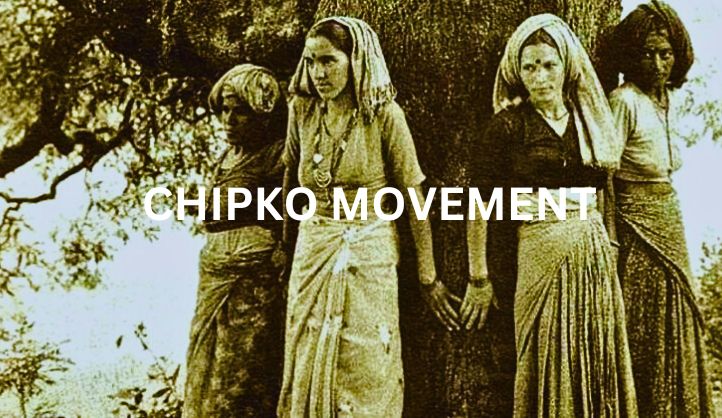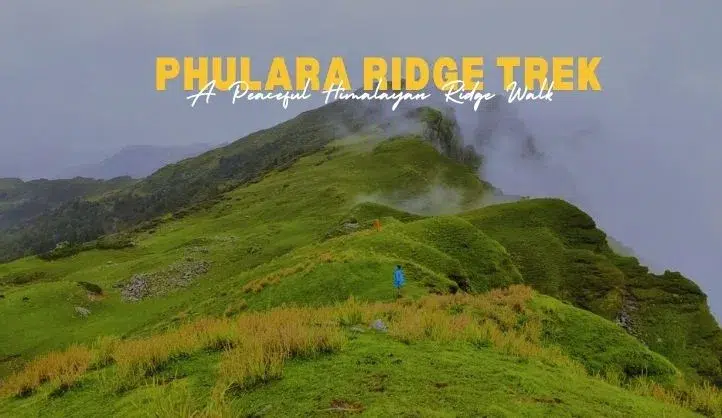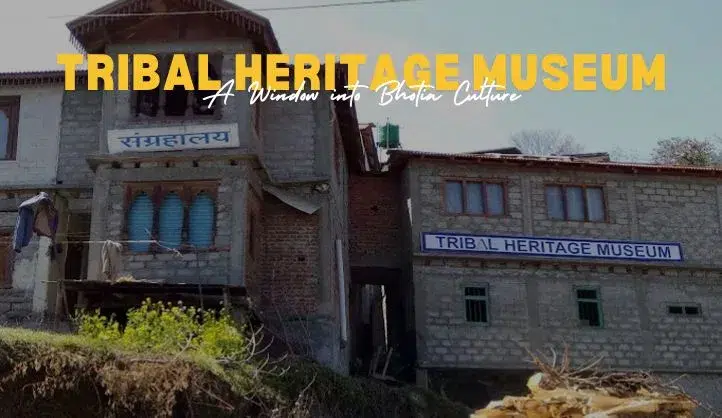In the verdant hills of Chamoli district, Uttarakhand, a grassroots movement emerged in the 1970s that would resonate globally for its environmental activism and community-driven ethos—the Chipko Movement. Rooted in the spirit of preservation and led by local women, this movement became a beacon of hope for forest conservation and sustainable living practices. Let’s delve into the profound impact and legacy of the Chipko Movement in Chamoli.
Origins and Objectives
The Chipko Movement, which translates to “hug the tree” in Hindi, was a response to rampant deforestation and commercial logging threatening the livelihoods and ecological balance of the region. Led by visionary leaders like Sunderlal Bahuguna and Chandi Prasad Bhatt, the movement aimed to protect the ancient forests of the Himalayas from indiscriminate felling by timber contractors.
The Role of Women
One of the distinctive features of this Movement was the active participation of women from local communities. In Chamoli, women played a pivotal role as they understood the intimate relationship between forests and their daily lives—providing firewood, fodder, and sustenance. Their peaceful protests involved hugging trees to prevent them from being cut down, symbolizing their deep connection to the land and their determination to safeguard it for future generations.
Impact and Achievements
The impact of this Movement was profound and far-reaching. It brought international attention to the importance of ecological conservation and community participation in environmental stewardship. In Chamoli and across Uttarakhand, the movement led to policy changes and the implementation of sustainable forest management practices. It also inspired similar movements globally, shaping the discourse on environmental activism and sustainable development.
Legacy and Global Influence
The legacy of this Movement endures as a testament to the power of grassroots activism and collective action in protecting natural resources. Its principles of non-violence, environmental consciousness, and community solidarity continue to inspire movements advocating for ecological justice worldwide. The movement’s success in Chamoli paved the way for ongoing efforts to balance human development with the preservation of fragile ecosystems.
Visiting Chamoli and Connecting with Nature
For visitors to Chamoli, exploring the legacy of the Chipko Movement offers a profound insight into the region’s cultural and environmental heritage. You can visit historical sites where key protests took place, interact with local communities to understand their sustainable living practices and immerse yourself in the breathtaking landscapes that remain protected due to the movement’s efforts.
Other movements in Uttarakhand
Anti-Tehri Dam Movement
The construction of the Tehri Dam on the Bhagirathi River faced strong opposition from residents, environmentalists, and activists. Concerns were raised about the displacement of people, submergence of historical and religious sites, and environmental impact. Despite the protests, the dam was eventually completed, but the movement highlighted issues related to large-scale development projects and their impact on local communities.
Uttarakhand Statehood Movement
The movement for a separate state of Uttarakhand carved out of Uttar Pradesh, gained momentum in the 1990s. The demand for statehood was based on the region’s unique cultural identity and developmental needs. The movement saw widespread participation, including protests and demonstrations, leading to the formation of Uttarakhand as a separate state in 2000.
Women’s Rights Movement
Women in Uttarakhand have been at the forefront of various social and environmental movements. They have also been active in advocating for their rights, fighting against domestic violence, and alcohol abuse, and seeking better healthcare and education. The Mahila Mangal Dals (women’s welfare groups) are instrumental in mobilizing women at the grassroots level.
Bharat Jodo Yatra in Uttarakhand
The Bharat Jodo Yatra, initiated by the Indian National Congress in 2023, also passed through Uttarakhand, aiming to address various socio-political issues and foster unity across different regions of India. The Yatra involved significant participation from local communities, addressing issues specific to Uttarakhand such as environmental conservation, employment, and tourism development.
Conclusion
The Chipko Movement in Chamoli, Uttarakhand, stands as a poignant reminder of the enduring bond between humanity and nature. It exemplifies how ordinary people, through courage and conviction, can ignite change and protect our planet’s natural treasures. As we continue to face environmental challenges globally, the lessons from Chipko resonate louder than ever—a call to embrace sustainable practices and cherish our Earth’s gifts for generations to come.
Experience the spirit of the Movement in Chamoli and witness firsthand the harmony between conservation and community in this picturesque corner of the Himalayas.
FAQs about the Chipko Movement in Chamoli, Uttarakhand
1. What does “Chipko” mean?
“Chipko” means “to hug” in Hindi. The Chipko Movement was named after the practice of villagers hugging trees to prevent them from being cut down by loggers.
2. When did the Chipko Movement start in Chamoli, Uttarakhand?
The Chipko Movement gained prominence in the 1970s in Chamoli district, Uttarakhand, although its roots can be traced back to earlier local movements against deforestation.
3. Who were the leaders of the Chipko Movement in Chamoli?
Key leaders of the Chipko Movement in Chamoli included Sunderlal Bahuguna, Chandi Prasad Bhatt, and other local activists and environmentalists who mobilized communities to protect forests.
4. What were the main objectives of the Chipko Movement?
The Chipko Movement aimed to protest against deforestation and commercial logging in the Himalayan region, advocating for sustainable forest management practices and the rights of local communities over natural resources.
5. How did women participate in the Chipko Movement?
Women played a crucial role in the Chipko Movement by leading protests, hugging trees, and raising awareness about the environmental and socio-economic importance of forests in their daily lives.
6. What impact did the Chipko Movement have in Chamoli and beyond?
The Chipko Movement led to policy changes and the adoption of sustainable forestry practices in Chamoli and other parts of Uttarakhand. It also inspired similar movements globally and raised awareness about environmental conservation.
7. Is the Chipko Movement still relevant today?
Yes, the principles of the Chipko Movement—such as community participation, sustainable development, and environmental activism—remain relevant today in discussions about conservation and climate change resilience.
8. How can visitors to Chamoli learn more about the Chipko Movement?
Visitors to Chamoli can visit historical sites associated with the Chipko Movement, interact with local communities to understand their conservation efforts and explore museums or exhibitions that document the movement’s history and impact.
9. What lessons can we learn from the Chipko Movement?
The Chipko Movement teaches us the power of grassroots activism, community solidarity, and the importance of protecting natural resources for future generations. It underscores the need for sustainable development practices and environmental stewardship.
10. How did the Chipko Movement influence global environmental movements?
The Chipko Movement inspired similar movements worldwide and contributed to the global discourse on environmental conservation, human rights, and sustainable development practices.









